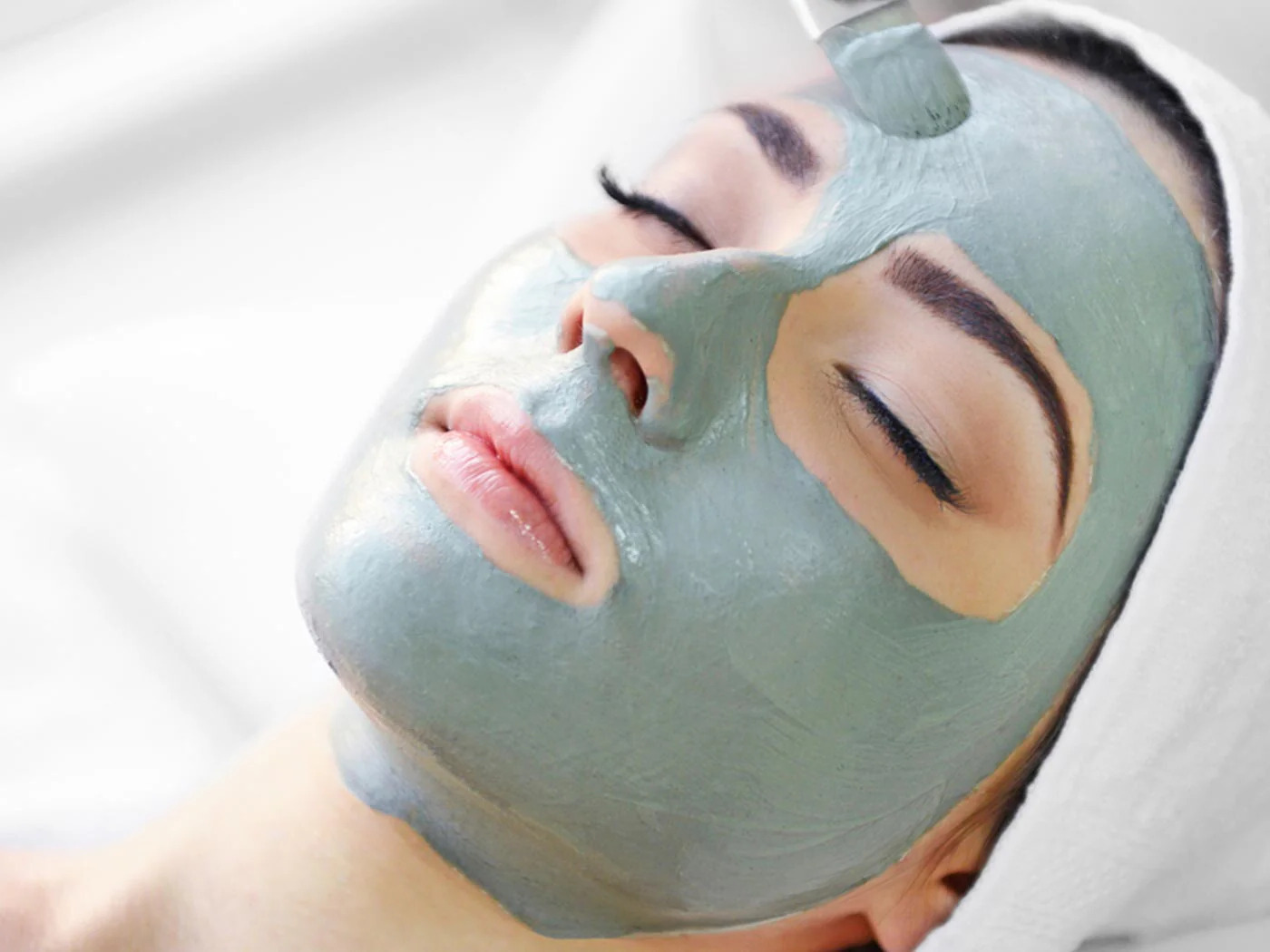
The wonderful nation of Thailand is one of the most famous tourist destinations in the world. However, not a lot of people know any more than the elephant symbols and temple images that they see on the internet. There is more to the Land of A Thousand Smiles, and they are all worth a quick read. Here are just a few Thailand facts that every single traveler at heart should know.
- Thailand got its name from the Thai people, the ethnic group of the central plains.
- Thailand sits at the heart of Southeast Asia’s mainland.
- ‘Thai’ refers to the people of Thailand.
- World Population Review states that the Thailand population is currently at 69,699,088.
- Thailand’s currency is the Baht (THB).
- The founding of Thailand as an independent nation occurred in 1769.
- Thailand’s official English name is “The Kingdom of Thailand.”
- Thailand got the nickname “The Land of a Thousand Smiles” due to the culture and tourism of the country.
- Thailand cities have a total of 32 sovereign ones, along with the numerous smaller towns that contribute to the country’s vast population.
- The country is divided into 4 regions with distinct cultural aesthetic and geographic features.
- Bangkok, Samut Prakan, Mueang Nonthaburi, and Udon Thani are Thailand’s largest cities by population.
- Bangkok, Thailand’s capital city, has a population of 10,350,204.
- The country celebrates its National Day on December 5.
- It has the digits 66 as its dialing code.
- Thai sites have .th as their prominent internet domain.
- Thailand ranks 50 among the world’s largest countries and is only a bit larger than Spain.
- It is the only Southeast Asian country that never experienced the colonization of a European country.
- The country observes the Indochina Timezone all year-round.
- The Northeast and Southwest monsoon winds mainly affect the climate of Thailand.
- The waters of Thailand are home to poisonous jellyfish.
Before 1938, the old name of Thailand is ‘Siam.’
Coming from the Sanskrit word ‘syam,’ Siam was a Portuguese-select name from the 16th century when it came to be the official geographical designation. It was not until 1938 when dictator Luang Phibunsongkhram, a vigorous nationalist and modernizer, declared ‘Thailand’ as the country’s new name.
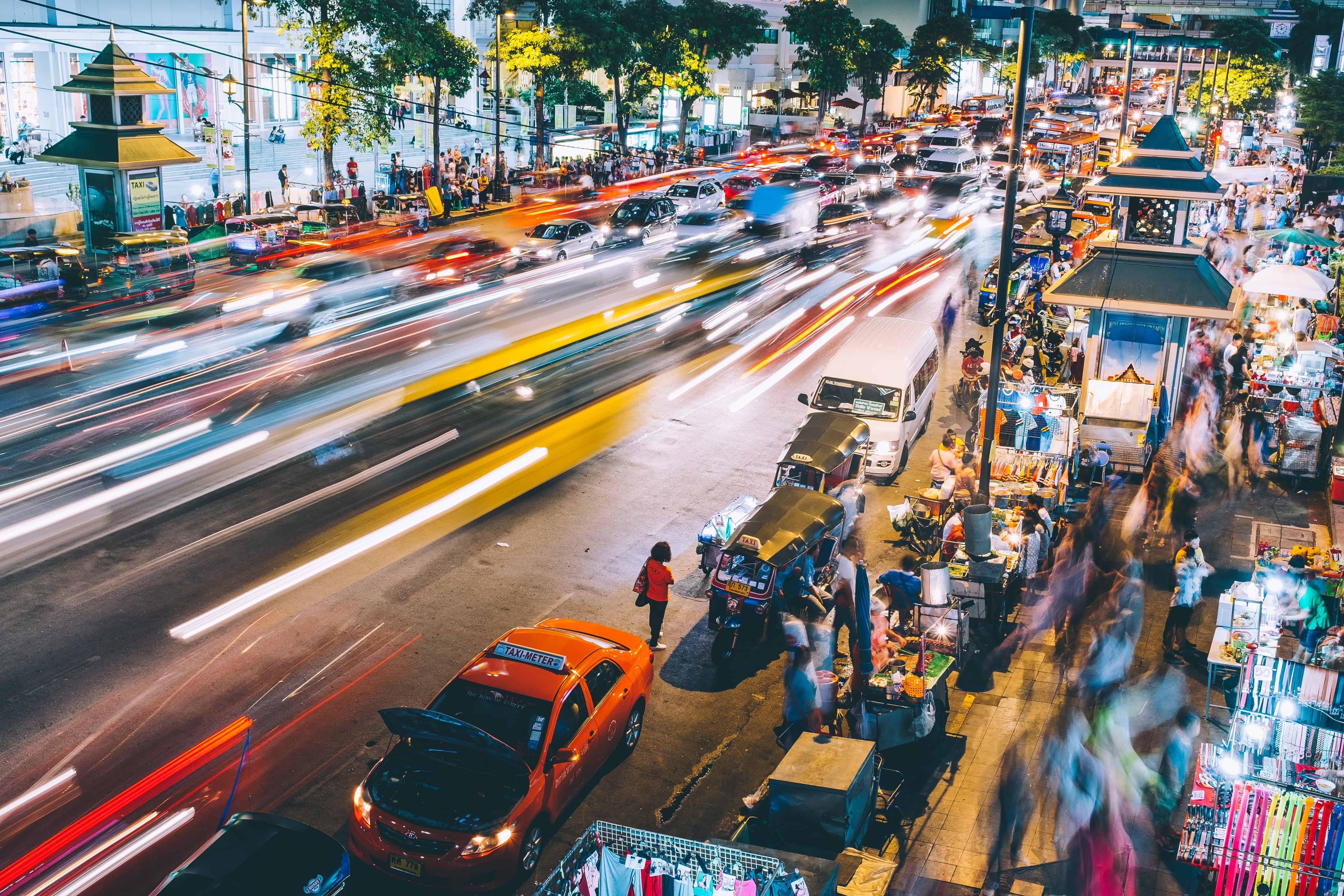
Phibun directed this change as part of an anti-Chinese campaign with the slogan ‘Thailand for the Thai.’
The leader aimed to guide his subjects into the modern world along with raising emphasis regarding their sole identity. Against the existing domination of the Chinese population and businesses in the country, Phibun ended Chinese immigration and businesses.
The government set up and supported Thai businesses and limited Mandarin usage in Chinese schools to only 2 hours per week. Thailand strengthened its identity with a new flag, national anthem, and adopted Western clothing and calendar.
Thailand’s current government grew very similar to that of England.
Since its appropriation in 1932, the Asian country’s government operated as a democratic system, having a Monarch on the seat of the Head of State.
Thailand is the 51st largest nation in the world.
It comprises a land area of 510,890 square kilometres alongside waters of 2,230 square kilometres. The total area of the country totals 513,120 square kilometres.
The Land of a Thousand Smiles shares state boundaries with 4 countries.
Around the Thai nation lies Burma, Cambodia, Lao People’s Democratic Republic, and Malaysia.
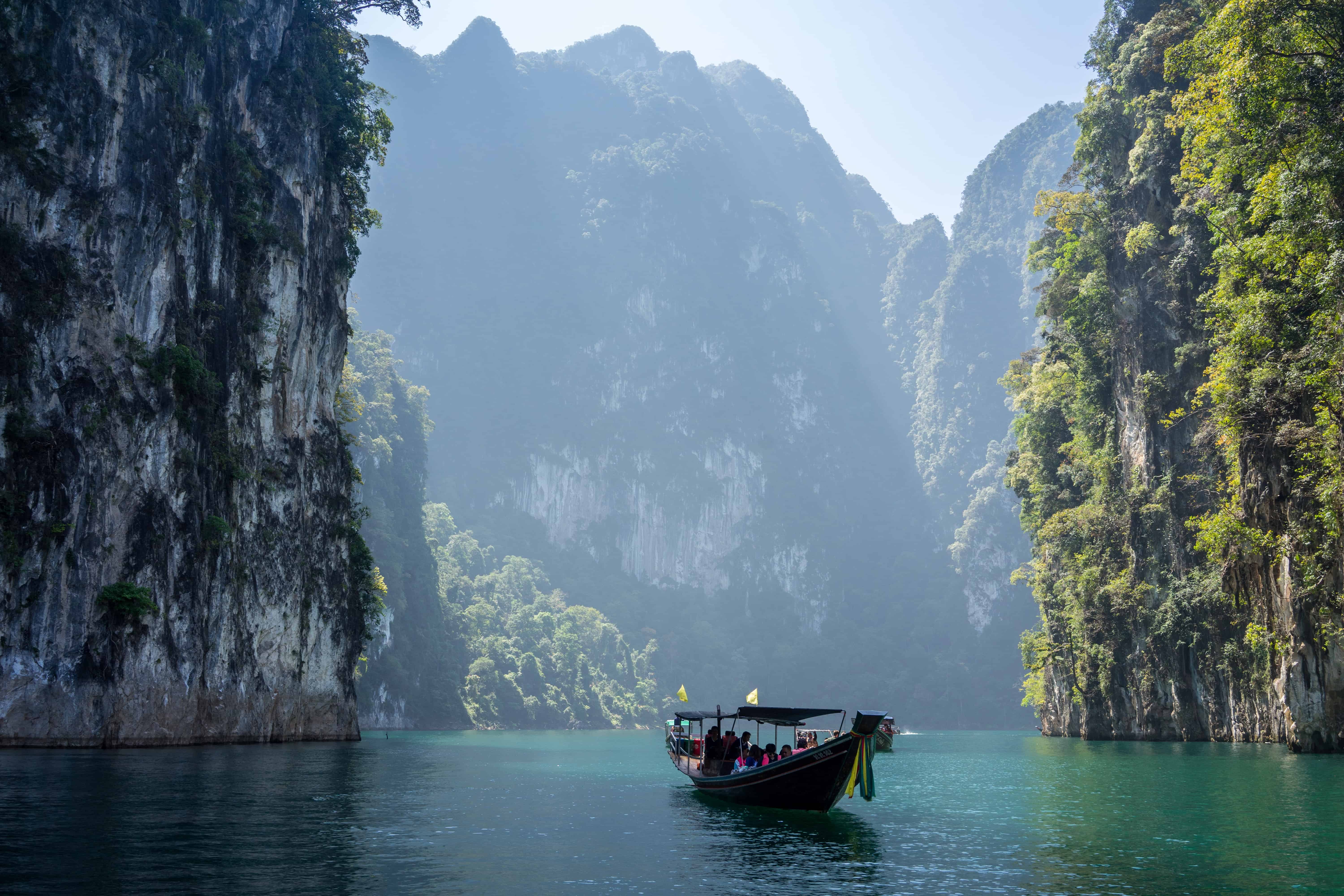
Northern Thailand has Myanmar and Laos on the opposite of the border.
This mountainous region boasts of its thick woodlands and river valleys. Culture in the area is a heavy mix of Burmese and history from that of the Lanna kingdom.
A large mountain range isolates Northeastern Thailand from the rest of the regions.
Also known as Isan, this section shelters mainly Lao-speaking citizens whose distinct lifestyle is centered on society and agriculture.
On the other hand, Southern Thailand is more on the Malay peninsula.
Many of the country’s perfect resorts and beaches laze in this area’s narrow landmass. Its tropical climate makes the region an excellent home to numerous fishing communities.
Central Thailand is the most dominant of all regions.
Despite housing the country’s capital city, it also serves as the center of economy, politics, and culture alongside rice-producing fertile plains. This region’s population has the greatest density and most eminent Thai ethnicity.
The capital city Bangkok used to be on stilts raised on canals or ‘khlongs.’
Throughout the city, waterways served as the main course for travel and transport just like in Venice. The current day roads were built over the canals over the years.
Thailand’s location is entirely tropical and embraces diverse ecosystems.
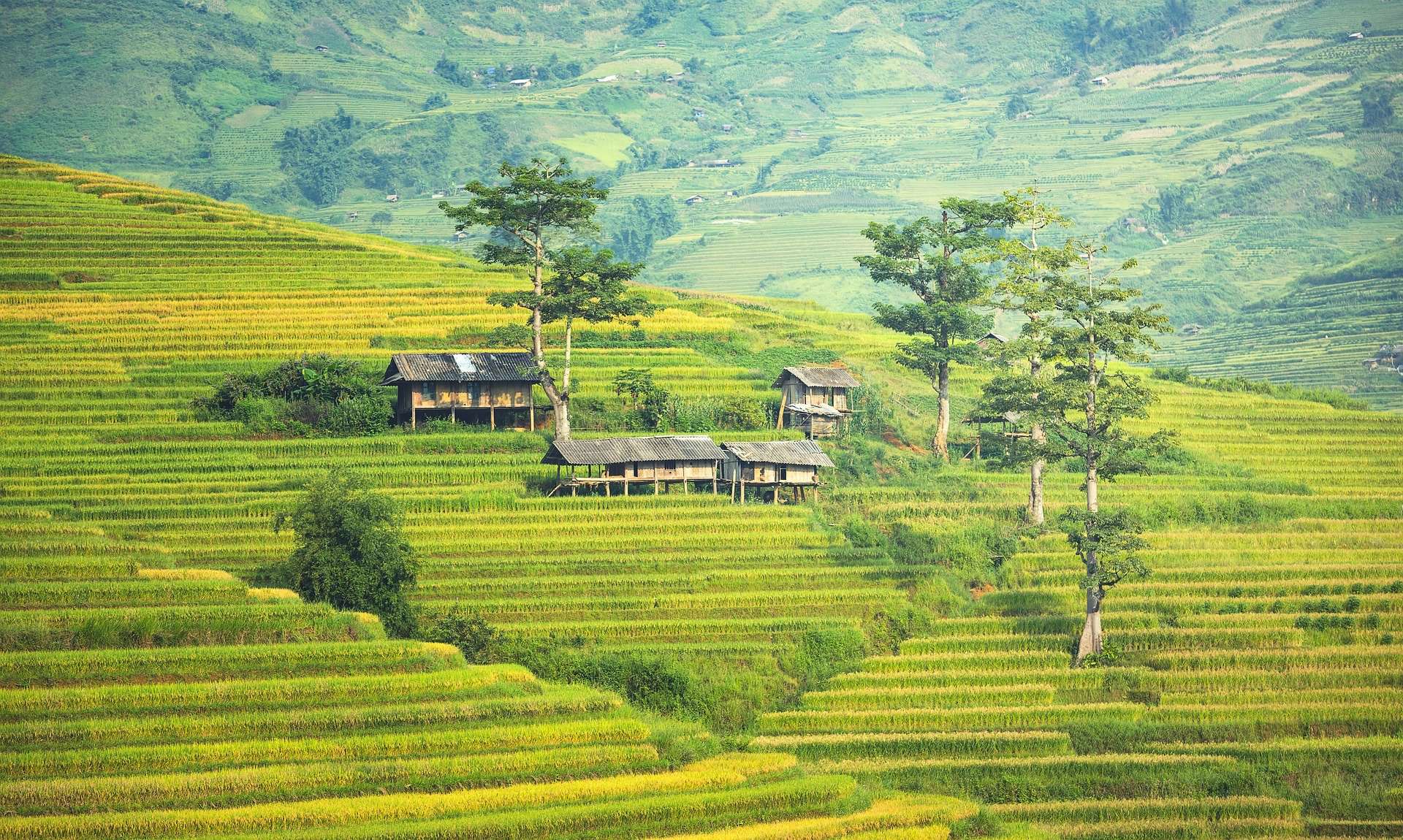 Among the geographical features of the land are the hills and forests in the north, widespread plateau in the northeast, fertile rice fields in the center and the mountainous shores in the south.
Among the geographical features of the land are the hills and forests in the north, widespread plateau in the northeast, fertile rice fields in the center and the mountainous shores in the south.
The seasons of Thailand only rotate between hot, cool and wet.
Usually, a year is composed of 3 hot months, 3 cool and dry months, and 6 rainy months.
The Thai language also partakes in English more than you might know.
Common English phrases used in daily conversations carry a few Thai words here and there. Although they differ slightly in pronunciations in what is called ‘tap sap,’ these words include examples like ‘computer,’ ‘taxi,’ ‘guest house,’ ‘hotel,’ ‘clinic,’ and ‘disco.’
Thailand’s culture is a hodgepodge of influences.
Throw in some strong Indian ascendancy, a few Chinese traditions, and unique Thai elements, there goes Thai culture for you.
The traditional Thai greeting has female and male variations.
Thai greetings start with the word ‘sawadee.’ Females follow it with ‘kah’ while males do so with ‘kraap’ (soft r).
Shaking hands is not so popular in the Land of a Thousand Smiles.
In Thailand, they do the ‘wai’ where greeting parties put their hands together and lift them up to their faces while lowering their heads into a dainty bow. The hand-raising part symbolizes the status of the person to greet such that a higher lift means a more polite gesture. Hence, you should raise your hands up to your nose bridge to greet the elderly, or to your chest to greet a peer.

Regarding a monk requires a much higher wai.
The gesture would resemble that of a prayer posture with a slightly lower bow than usual. However, monks are not expected to return the gesture. It is not right to stand there waiting for a response.
Buddha is more significant in Thai culture than you think.
For one, no one is ever allowed to stand over any image of the king, and the same rule applies to that of Buddha. See the correlation?
Stepping on money is illegal in Thailand.
Thai currency bears the image of the king. Therefore, as mentioned above, it is forbidden to step on it.
Using the index finger to point at another person is not acceptable in Thai culture.
The same goes for using your feet. Doing so would easily earn you a ‘rude’ label.
When you enter someone else’s home, step over the threshold upon entry instead of stepping on it.
The Thais strongly believe that a spirit lives in the entrance. Not stomping on it is a sign of respect for their beliefs.
Sitting with your legs stretched out in your front is frowned upon.
Another home visit tip. The Thai custom of sitting is on the floor. Women tuck their legs to their sides while men sit with crossed legs.
Thailand’s dining manners frown upon collecting each food type on a plate at the beginning of a meal.
The polite way is by only taking a portion of rice with 1-2 dishes. As the meal progresses, you could proceed in trying a few of the others in case you are still hungry.
You could express your appreciation of a meal without saying a word, the Thai way.
Contrary to what you might be used to, leaving a small bite on your plate is a sign of courtesy in Thailand. It means that you find the food delicious and express that you are full. On the other hand, leaving your plate clean would mean that you are not yet satiated.
The country celebrates the Makha Puja festival through the February full moon.
It is one of the most significant dates on the Buddhist calendar. Part of the celebrations is the candlelight processions which are done at the temples after sunset.
Songkran Festival is celebrated during April, the hottest month of a Thai year.
This Buddhist celebration is one wherein tourists could participate. Streets invite everyone in friendly water games and parties. Water embodies the locals’ way of cleansing the past year’s misfortunes.
Thailand has Muay Thai as its national sport.
This sport to Thailand is just like how soccer is to Europe and football is to the U.S. However, Muay Thai matches have more sacred regard in the country.
The national religion of the country is Theravada Buddhism.
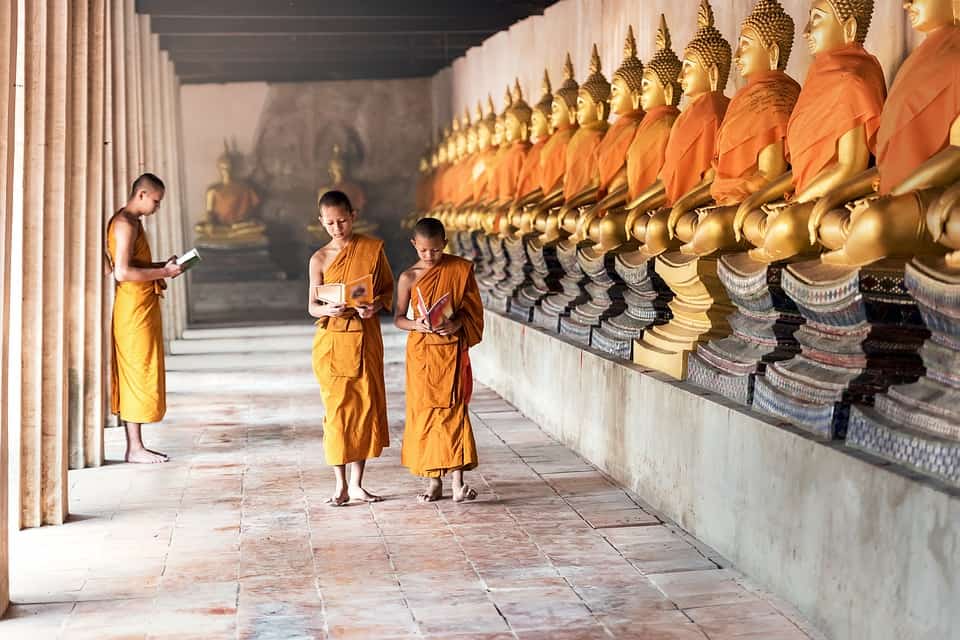
It might be the leading faith among Thailand’s population, but there are still a few who go to churches like that of Hinduism and Chinese indigenous religions.
‘The Land of Buddhism’ is another way to describe Thailand.
This name is based on the fact that the country has around 95% devotees among its people. Thailand ranks either 1st or 2nd on the list of countries that have the biggest Buddhist population percentage. Results vary on a yearly basis, with Cambodia and China as its main contenders.
High regard for Buddhism in Thailand requires tradition practices for men to follow.
At some point before reaching the age of 20, all men must become monks. It can be only for a short period of time so long as they abide.
Even visitors could have the opportunity to learn meditation basics in temples all over the country.
Meditation is a postulate of Buddhism. Aside from that, visitors can also chat with monks should they want to understand Buddhism better. However, there are only specific temples in Chiang Mai that allow such activities.
Contrary to popular belief, Buddhists are not entirely vegetarians.
Theravada states that Buddha allows monks to consume fish, chicken, and pork under once condition. The monks must be sure that the animal they are about to eat was not executed on their behalf.
Not to ruin your association of the two items, but chopsticks and Thailand do not have that kind of relationship.
Thais only use chopsticks when eating Chinese meals. Otherwise, they use forks and spoons as their utensils. Spoons are their cutting weapons while forks are set aside until necessary.
Thai dishes only serve bite-size pieces of meat.
This practice is in compliance with Buddhist customs. It prohibits the cooking and serving of animals as a whole piece.
Thai laws are almost exactly the same as that of other countries except for a few interesting ones.
For one, their law declares that you should wear underwear when leaving the house and a shirt when driving a car. It is, therefore, illegal to proceed without the mentioned garments.
Thailand’s life expectancy is lower than the records of more than half the countries with available data.
The average survival rates for adults are between 15-60 years of age. What’s more, is that diabetes and hypertension became thrice, quadruple times prevalent in the country over the last 15 years. Combining with increasing rates of road injuries, adult survival rates are adversely affected. These factors left 15-year-olds a mere 85% chance to exceed age 60.
Thailand banned prostitution since 1960.
Even so, there are still a lot of redlight districts present all over the nation. Locals and tourists alike still have access to sordid, risque enterprises.
Another banned thing in Thailand is logging.
Sadly, only a quarter of their once full forests remain to exist today.
The forbiddance of logging put the future of their long-tail boats at risk.
These vessels are a distinct part of Thailand’s culture. However, no logging means that they would have to create hulls using imported timber. A boat hull that was once a fetch for only 3,000 baht (US$83) now costs 200,000 baht (US$5,500). Hence, speedboats became the more common vessels in Thai waters.
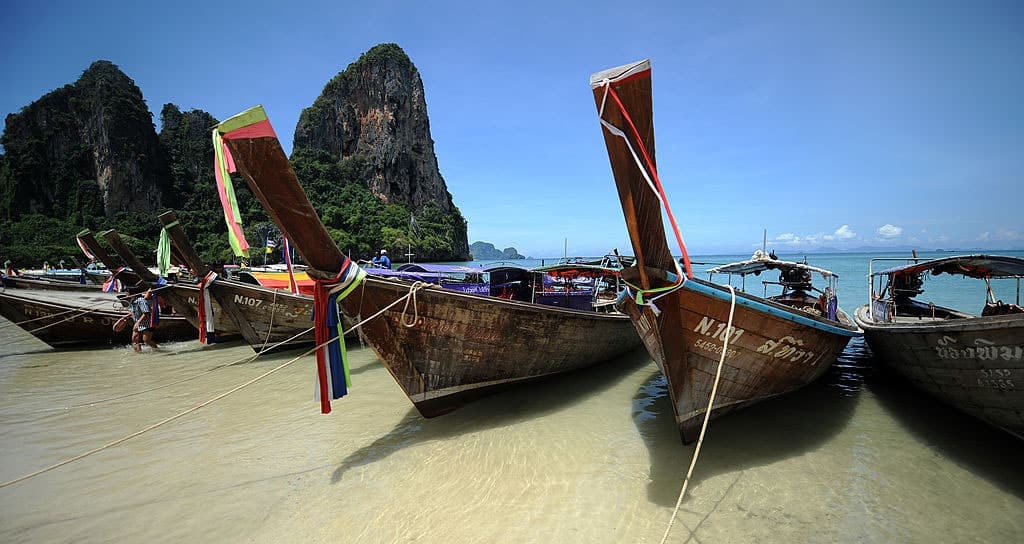
The making of the traditional long-tail boats applies inherited techniques from families and generations.
Its creation requires no designs and the master builder is fully responsible for the whole task.
Even in the building of the boats, there is still an honor for Buddha.
To show respect for Buddha, people decorate the boat’s bow spirit using colorful silks and lotus flowers. It is then regarded as that one part of the long-tail boat that should not be touched.
Spirits also have a significant place in Thai culture.
Captains paint their long-tail boats with colors that they consider as ones with the most reverence to the water spirits. In turn, this manner is said to ensure safe voyages and bountiful nets.
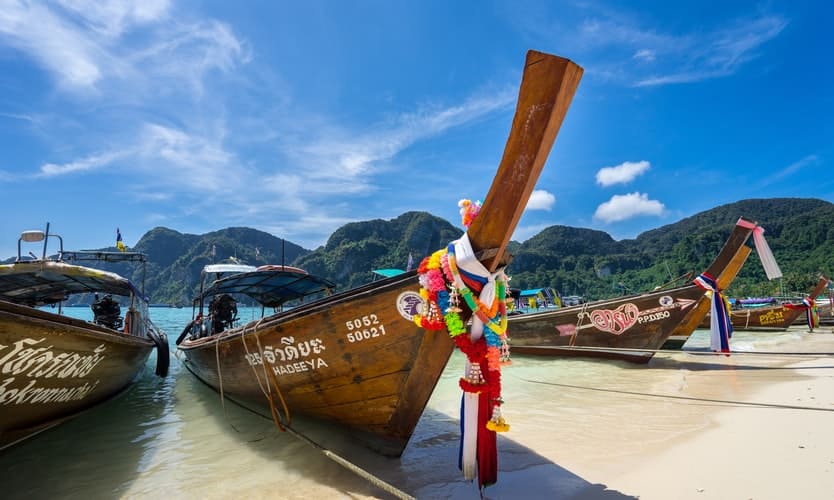
Local beer is much safer for drinking than tap water in Thailand.
Thai beer has a high level of alcohol content which makes it efficient in killing germs. It is also popular due to its low cost which is almost equivalent to the price of bottled water.
The Thai way of drinking beer is on the rocks.
Majority of the drinking populations in Thailand order ice or ‘nam keng’ alongside their beers.
A foreigner’s attempt in handling a shot of the local drink ‘moonshine’ is the locals’ amusement.
This drink is basically fermented rice and is also known as ‘lao khao.’ Both the commercial and confined brewing of the moonshine occurs in villages.
Thailand’s culture also has a unique way of ‘cheers.’
The first step is to raise the glass, but not too high. Then, you smile and touch glasses or ‘chone gaow.’
The staple in every single Thai meal is rice.
Whether it is breakfast or dessert, rice must always be present. Saying you are hungry in Thai has a literal translation which says, “I want to eat rice.”
A 3-wheeled, open-air vehicle called Tuk Tuk is the traditional mode of transport in Bangkok.
Originating from the country itself, the carrier got its name from the onomatopoeia of the noise from its 2-cycle engines.
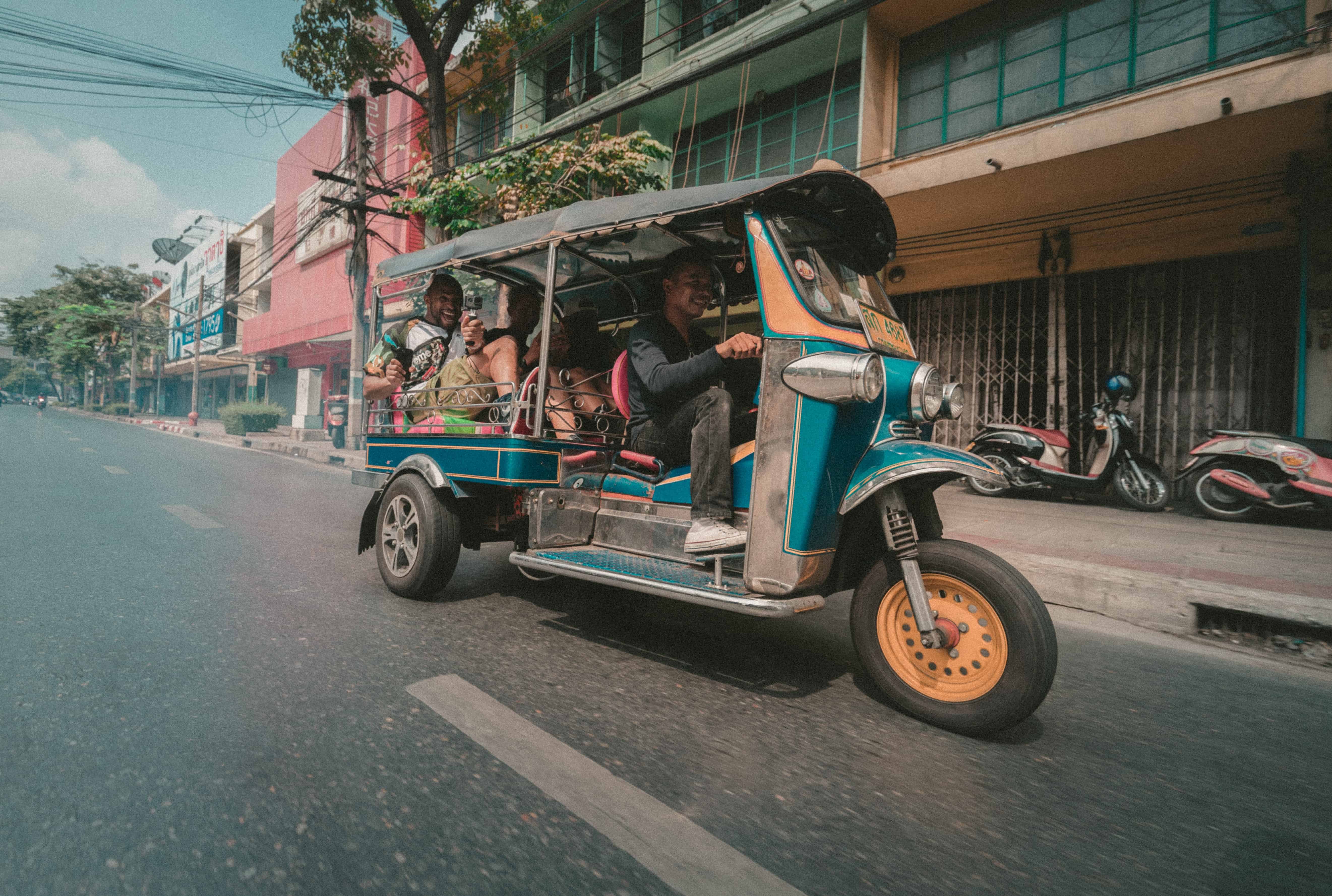
Thailand is also home to peculiar animals.
The bumblebee bat is the smallest mammal in the world, while the whale shark is the largest fish. Both of them reside in the Land of A Thousand Smiles.
The presence of whale sharks in Thai waters became a tourist attraction.
They are regular visitors in Hin Daeng and Richelieu Rock during April. Hence, swimming with the giant fish in Thailand stroked its way to many divers’ bucket lists.
Bangkok has two universities dedicated to Buddhism.
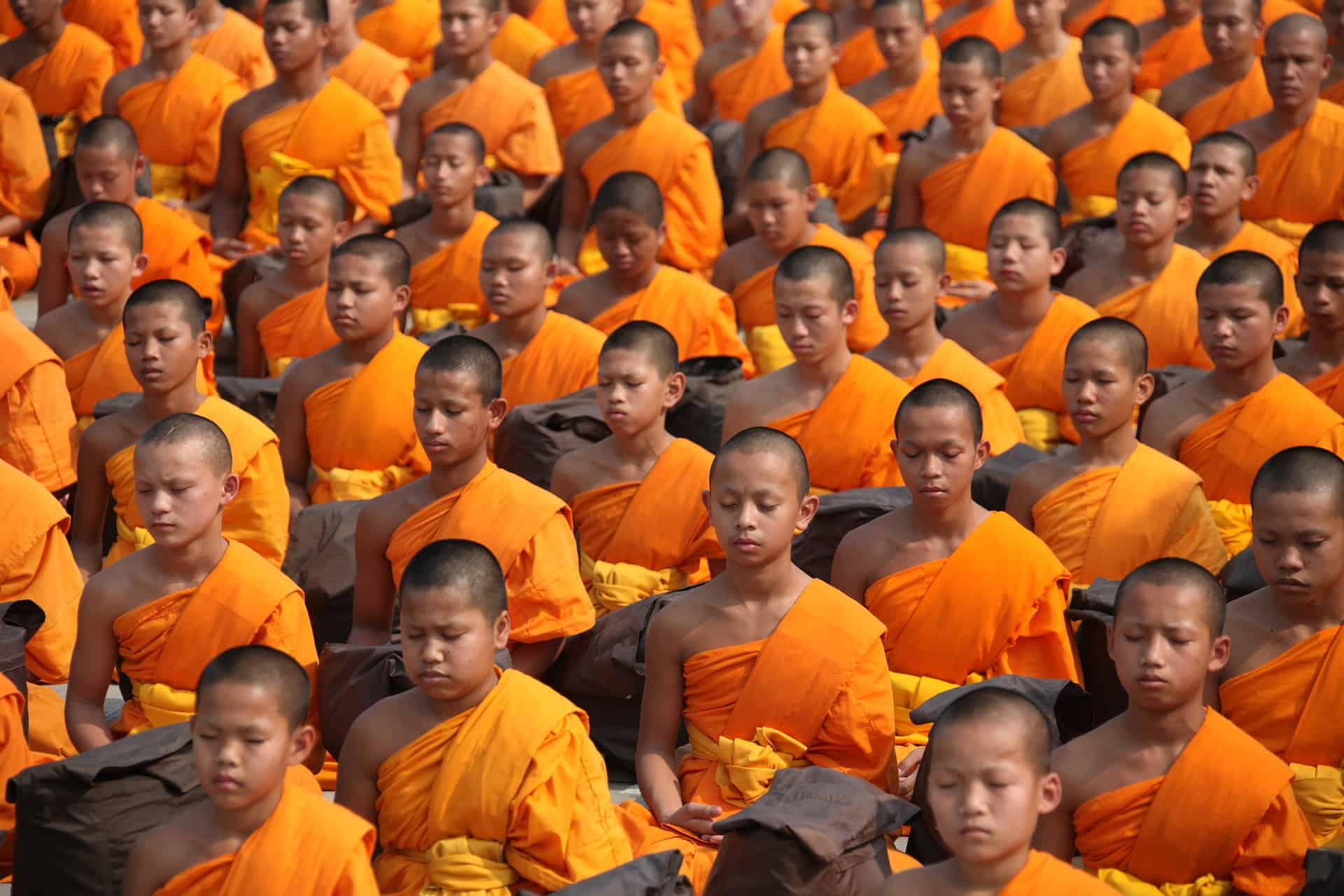 Monk students attend these schools.
Monk students attend these schools.
Thailand is home to nearly 35,000 temples nationwide.
A Buddhist temple or monastery is called ‘wat.’ Visits to these sacred places require guests to wear modest attire, meaning shorts and sleeveless tops are not allowed.
You could learn the art of massage in Thailand.
Wat Pho is home to the infamous reclining Buddha. It has a massage school wherein the traditional Thai massage is thought on its grounds.
Wat Bang Phra is known for the traditional Sak Yant tattoo.
Each year, thousands of visitors come with the goal to receive the tattoo. People believe that this mark offers luck, courage, and powers as well as protection from risk and death.
The traditional Sak Yant tattoo application makes use of a 2-foot long bamboo needle.
You don’t have to fear, though, for many tattoo artists in the country use electric machines instead.
You have to be careful when getting a tattoo in Thailand for the possibility of offending the locals.
For one, getting inked below the waist is disrespectful. The farther it goes from the head, the worse it is. Also, you should never get one depicting the image of Buddha.
Taking photos of Buddha are allowed in Thailand, unlike in Japan.
The only exception is when a sign tells otherwise or when you take it with your back turned to the image. Not being respectful in your photography would get your more frowns than likes.
Thai buildings often have spirit or ‘phi’ houses outside.
People present gifts and offerings as a sacrifice so the spirits would not bother those who live within the vicinity.
The Doi Suthep Chiang Mai temple has a staircase with over 300 steps.
Hence, it is highly recommended for visitors to wear athletic shoes for visits.
Most of today’s Bangkok roads used to be floating water markets.
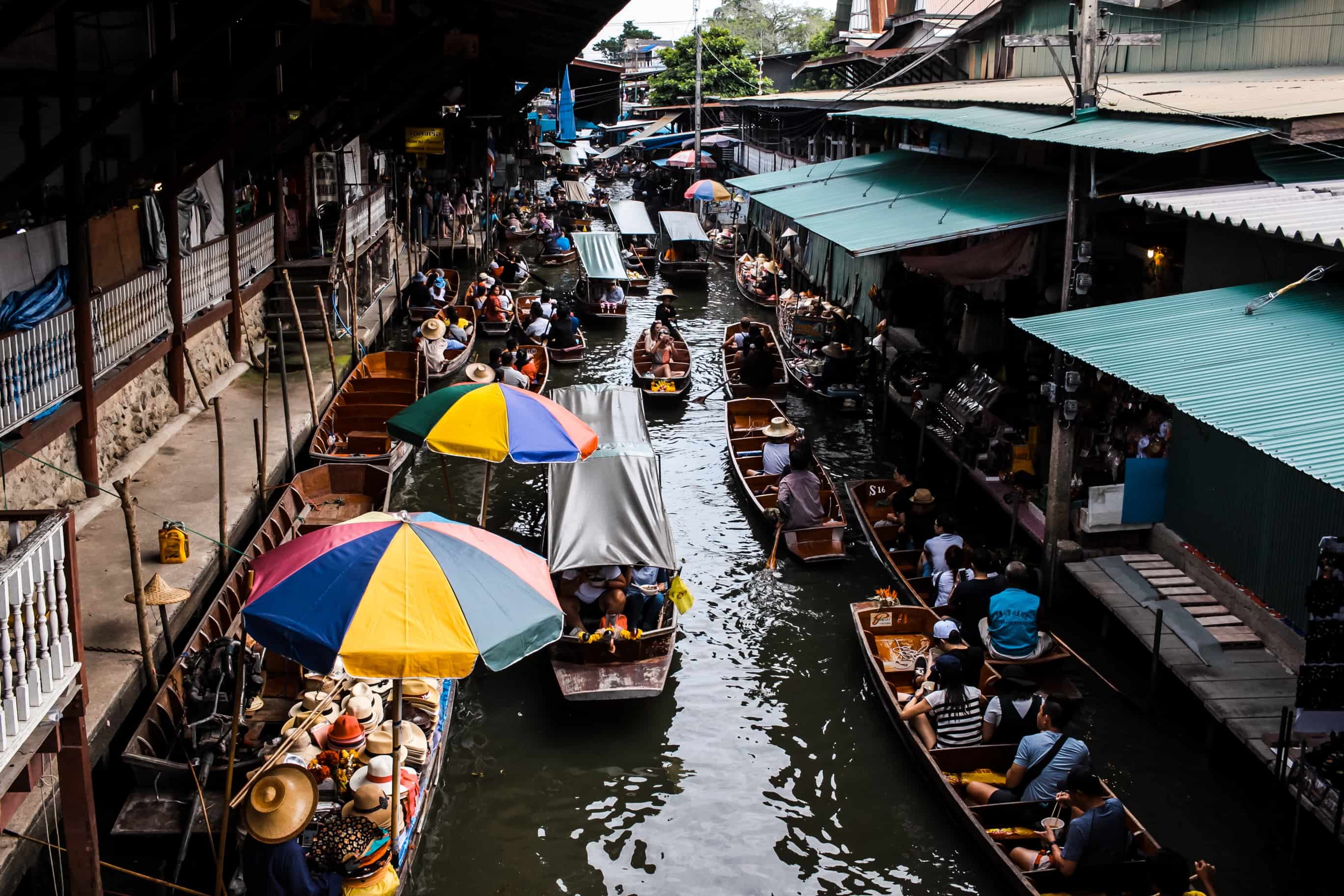
However, the progressive modernization of the city paved the way for the production of more concrete roads. Thankfully, a few of these colorful boat markets could still be found just outside the city hub.
Not all ‘animal sanctuaries’ in the country are kind to the animals that they keep.
Some of the few ethical ones are the Boon Lott’s Elephant Sanctuary in Sukothai province and the Elephant Nature Park close to Chiang Mai. They rescue and rehabilitate animals while still giving guests the opportunity to interact responsibly with the reconditioned animals.
The largest park in Thailand is the Kaeng Krachan National Park located along the Myanmar border.
It was often hailed as Asia’s best bird-watching location. Also, visitors can sight elephants, gibbons, and leopards being in the wild.
You can eat scorpion at Khao San Road.
This place has become popular with backpackers who seek unique yet budget-friendly grub.
Thailand rail services are notable for their delays.
Notable indeed as delays could go as late as 3-4 hours.
Thailand ranks 2nd in the world’s largest rice exporters.
They produce highly favorable Jasmine Rice which is very much native to the country.
Bangkok holds the record for the most visited city in the world.
It was also in first place for both the years 2016 and 2017.
You can find one of the most majestic giant Buddhas in the world in the Land of Buddhism.
The reclining Buddha in Wat Pho has the whole statue on a gold plate. Mother of pearl adorns its eyes and feet.
The list of the most visited attractions in the world includes Bangkok’s The Grand Palace.
Approximately 8 million tourists visit this attraction each year.
One of the biggest marketplaces in Asia is Bangkok’s Chatuchak Weekend Market.
Vendors sit on aisles upon aisles of the market. The fact that they sell anything that you could possibly think of makes this place an ideal spot for shopaholics. Moreover, foodies also go for the market’s dessert vendors, particularly those selling coconut ice cream.
The first official national park built in the country is the Khao Yai National Park.
It is one of the 5 UNESCO World Heritage Site situated in Thailand. Two of them are natural while the other three are cultural.
The highest and largest rapids of Central Thailand is Saraburi’s Krok E-Dok Waterfall.
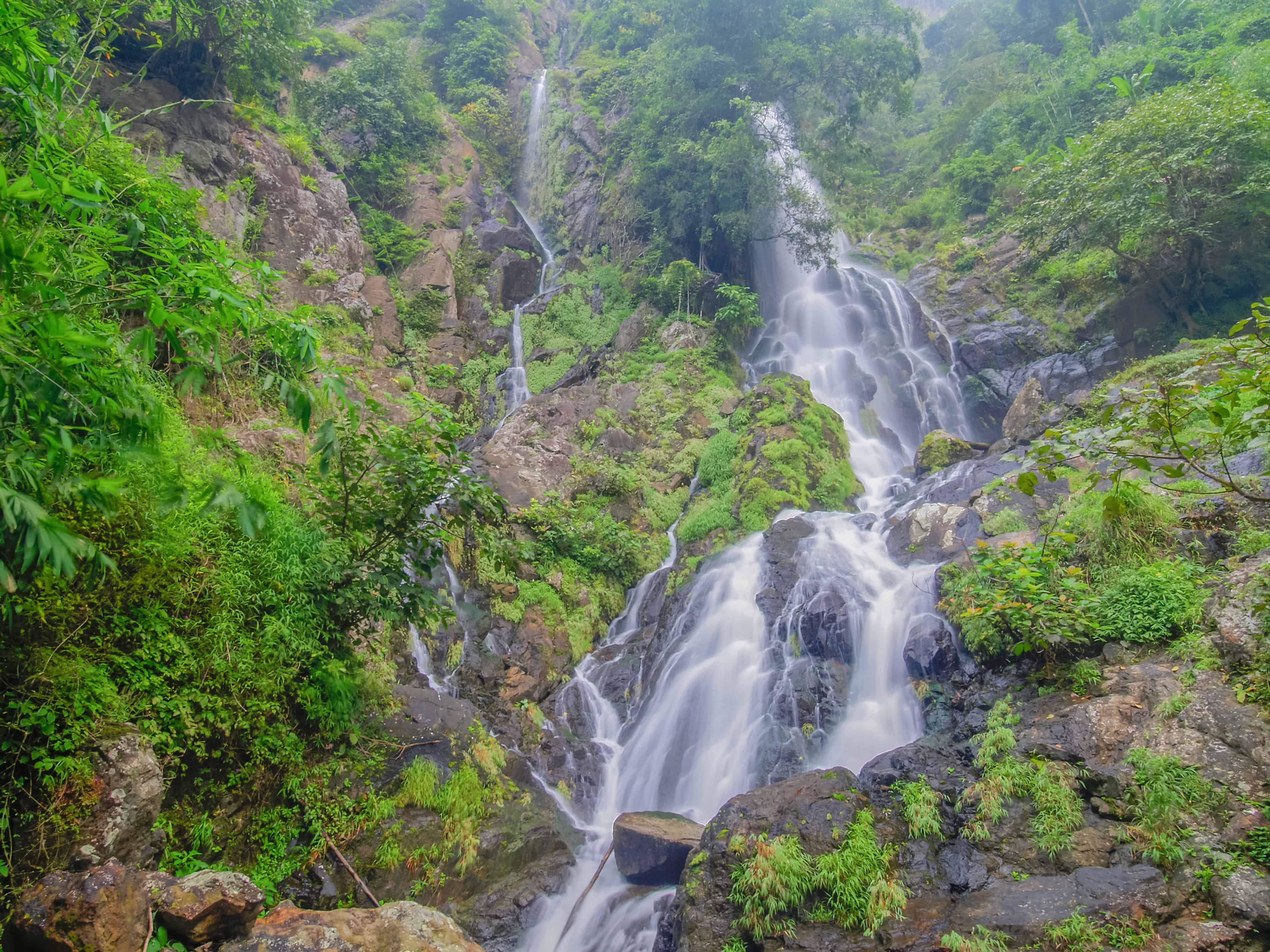
Beautifully 700 meters steep, the waterfalls have 7 cascading chutes that compose its ensemble. The trail towards the spectacular sight would take about a whole day to complete.
The national symbol of Thailand is made up of significant items in the country’s founding and culture.
First is the Thai Pavilion or ‘Sala Thai’ which symbolizes the country’s architecture and the Thai craftsmen’s notable skills. Another one is the Thai elephant, also known as the ‘Elephas maximus’ or the ‘Chang Thai.’ This symbol has a historical and traditional association with the Land of A Thousand Smiles. Lastly, the Piper Tree or ‘Indian Laburnum’ is the country’s national plant. It also goes by the names ‘Rachaphruek’ and ‘Cassia fistula Linn.’
More than 300,000 elephants existed in Thailand at the onset of the 20th century.
Sadly, only about 6,000 of the species remain and half of them are held in captivity. This situation stresses the critical need to conserve and transform the rampant elephant tourism in the country.
The Thailand economy story is considered as an inspirational development success.
It boasts of sustained growth and the remarkable decline of poverty through the years. In the ‘boom years’ 1960 through 1996, the Thai economy grew annually with an average rate of 7.5%. The Asian Financial Crisis followed in 1995-2005 which created millions of jobs and assisted millions of people out of poverty.
Make sure not to fall victim to the ‘Baht Scam,’ one of the most prevalent scams in the country.
Baht scammers claim that they received fake baht from you, taking the bill to inspect it and then swap it with their counterfeit bills. After that, they hand you the counterfeit baht and force you to pay with a different mode of payment. To avoid this scam, you could inspect the serial numbers of your money before handing it to traders. Make sure also that they witness your inspection.
Take note also of the Sombondee Restaurant Scam.
Be certain of your destination because taxi and tuk tuk drivers might take you to the Sombondee Seafood Market instead of Sombon Seafood chain restaurant. They get kickbacks for delivering visitors to the said market, thus the scam.
Thailand is the origin of the infamous term ‘Siamese twins’ due to its former name Siam.
Back then, brothers named Chang and Eng Bunker were born joined at the chest. While their life served as the inspiration for the term, the term has been succeeded by the more favored term ‘conjoined twins.’
Another Thailand-born is energy drinks.
Chaleo Yovidhya launched the Krating Daeng, a Thai energy drink. It then inspired Austrian Dietrich Mateschitz to formulate a similar recipe to satiate the Western tastebuds.
Contrary to English, the Thai language puts the word ‘ko’ or ‘island’ before the name itself.
It means that Phuket Island should only either be ‘Phuket Island’ without the ‘ko’ or ‘Ko Phuket’ without the ‘island.’ Stating ‘Ko Phuket Island’ would only result in redundancy due to its translation of ‘Island Phuket Island.’
Leonardo Dicaprio’s movie The Beach filmed a scene in Haew Suwat Waterfall, Thailand.
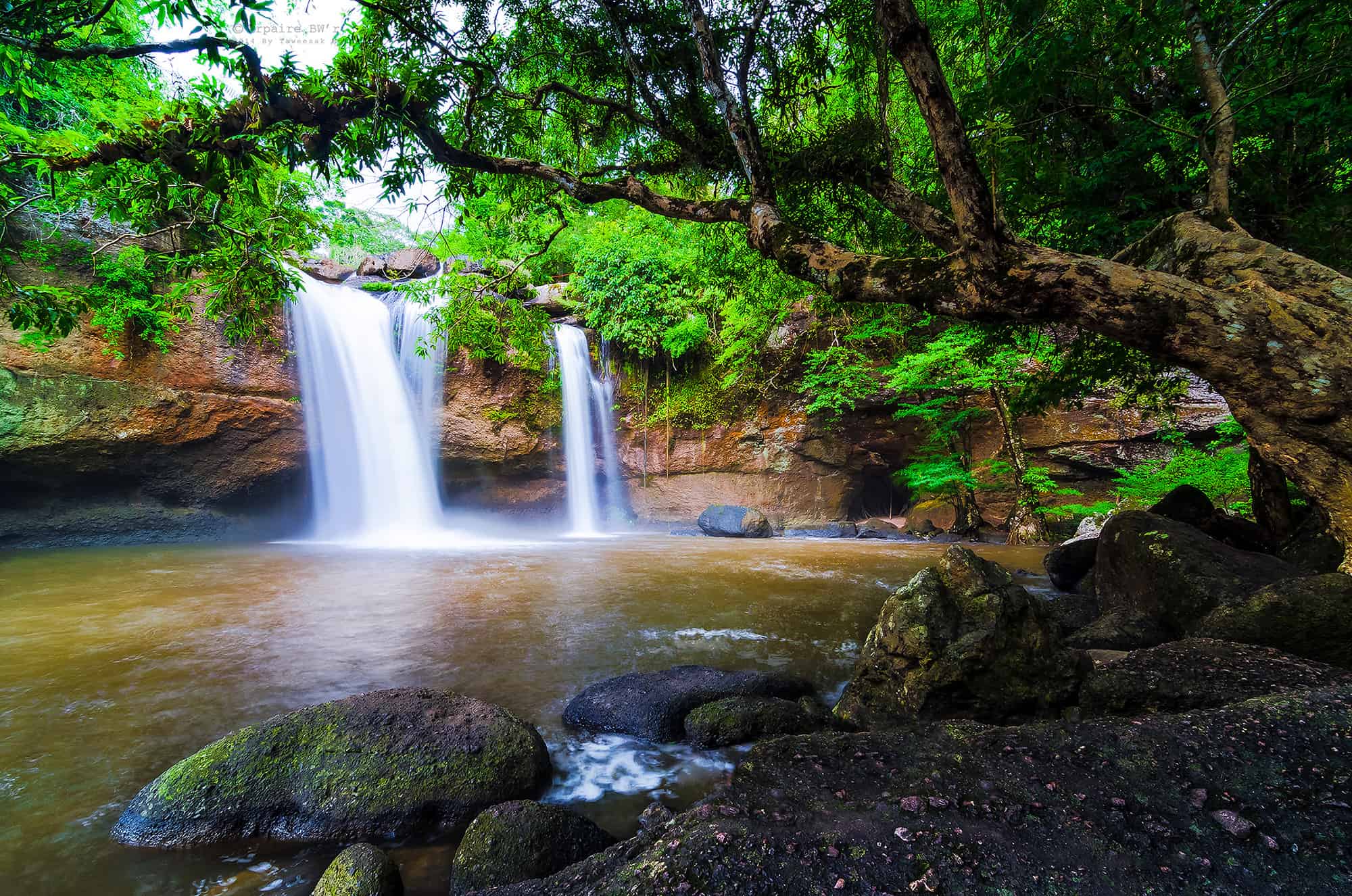
The torrent falls from a 20-metre high and is located in the Khao Yai National Park.
Was this page helpful?
Our commitment to delivering trustworthy and engaging content is at the heart of what we do. Each fact on our site is contributed by real users like you, bringing a wealth of diverse insights and information. To ensure the highest standards of accuracy and reliability, our dedicated editors meticulously review each submission. This process guarantees that the facts we share are not only fascinating but also credible. Trust in our commitment to quality and authenticity as you explore and learn with us.


